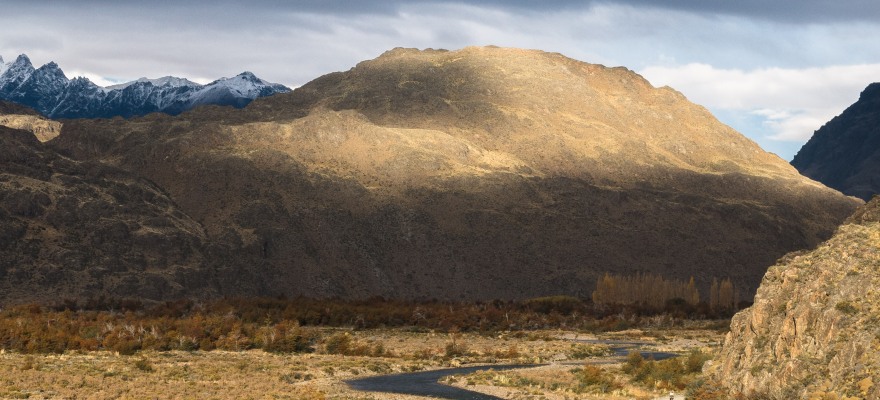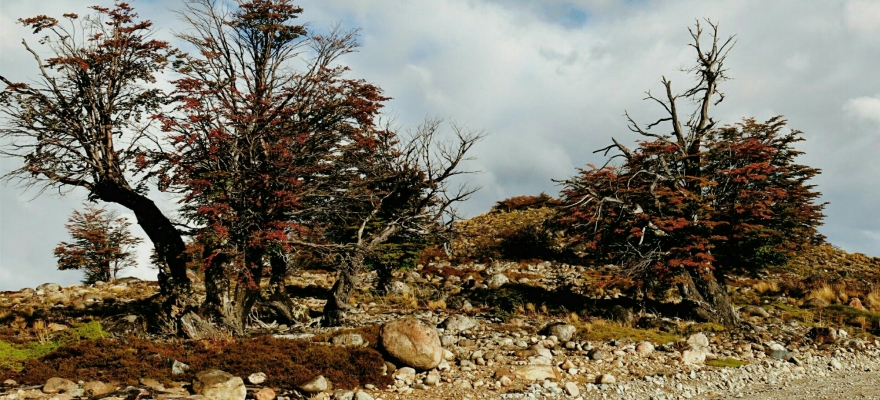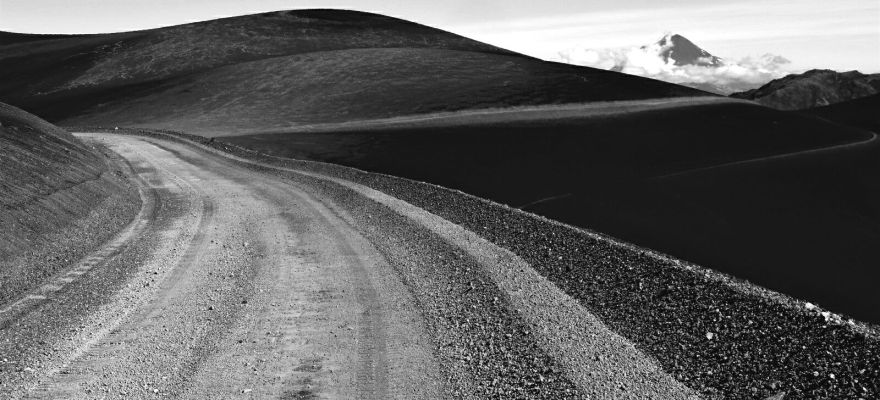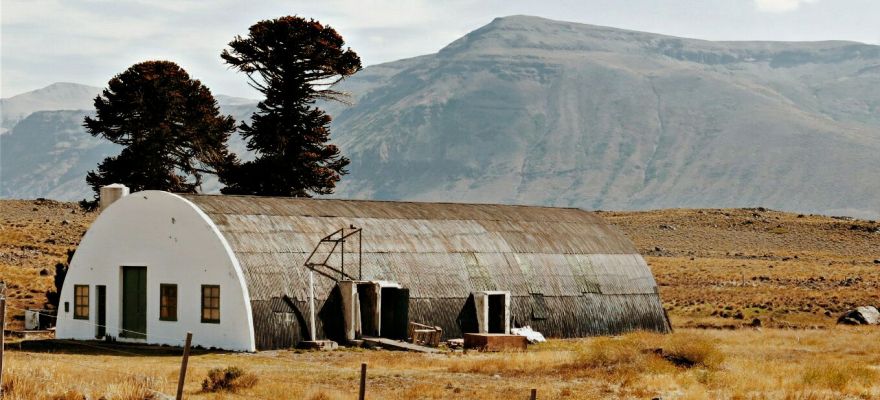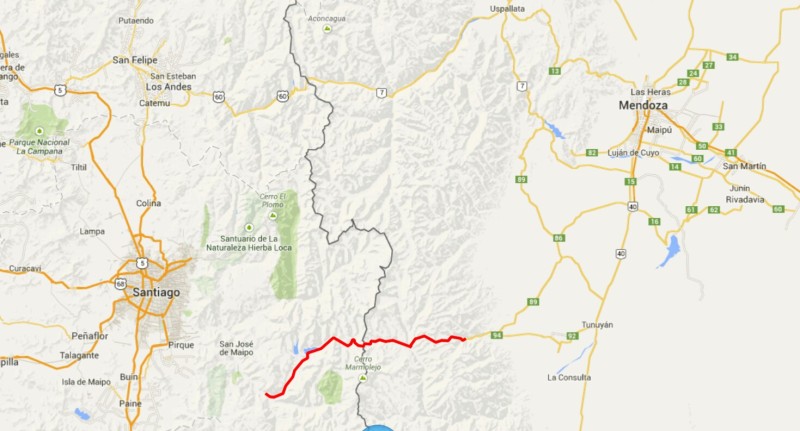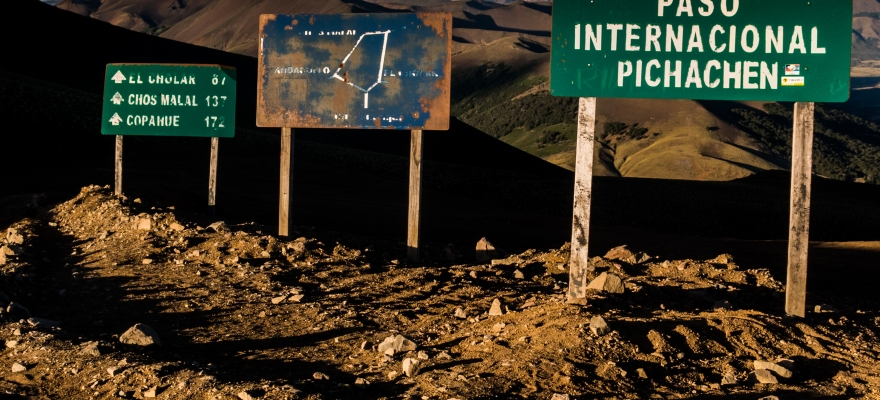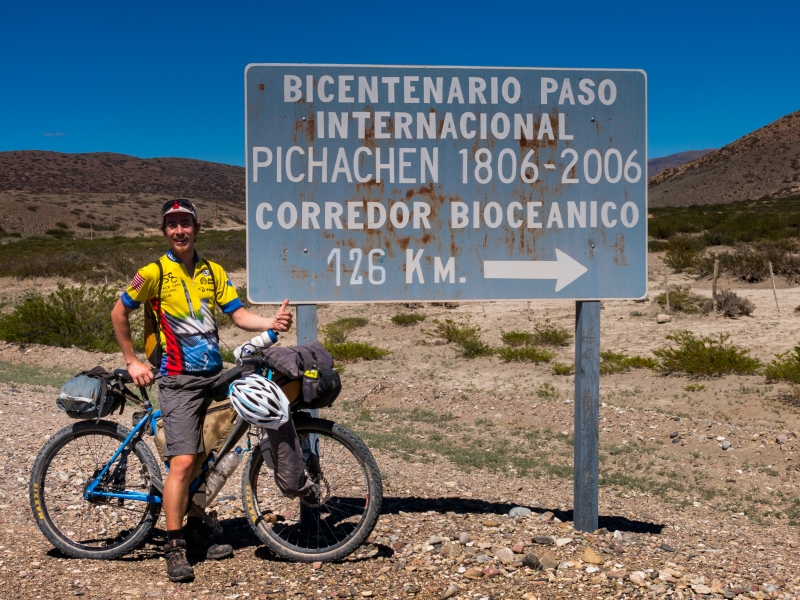Photos, from two and a half months ago, on a different continent, the other hemisphere. Photos from winter while now in Maryland it’s summertime, but morning dew is still a thing. This photoset uploaded from home, where it’s nice to be back working farmers market routines, back to a different kind of relentless activity. Right now is the intermission before life back in California. But that’s now, and this is back then.
Photos. We leave the Carretera Austral via Paso Roballos, heading back to Argentina from Chile. See the fringe of snow on the mountaintops? We stay huddled in our sleeping bags all night long, and nights were long. It’s either Autumn or Winter, whichever, doesn’t matter, either way it’s late enough so far south that the dusk-time light stretches on and on, propelled by a sun that can’t quite hit the peak of the sky anymore. The dirt road over the pass deposits us onto Argentinean pampa, see the shrub bush by the roadside. Take the dirt until it ends and intersects Ruta 40. Follow paved highway lines into the sunset. Continue reading
